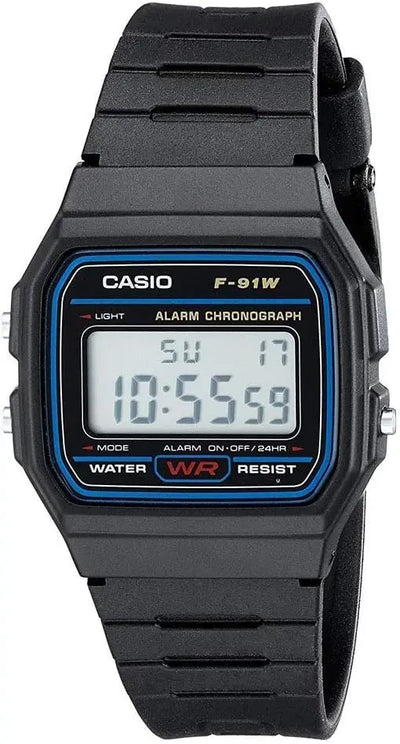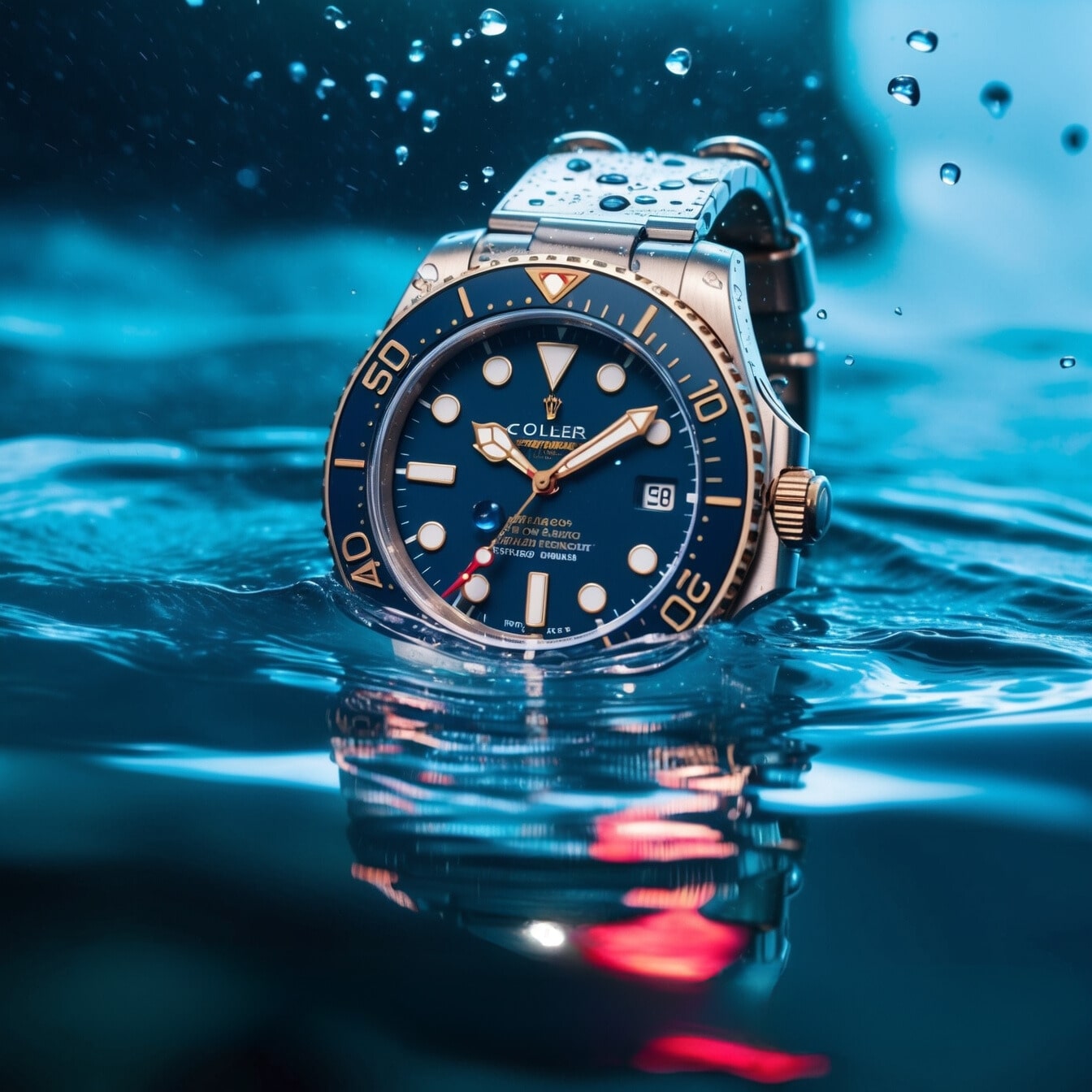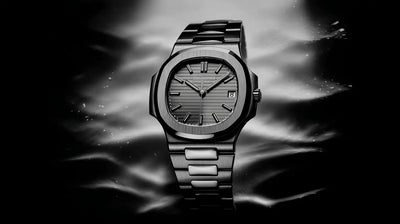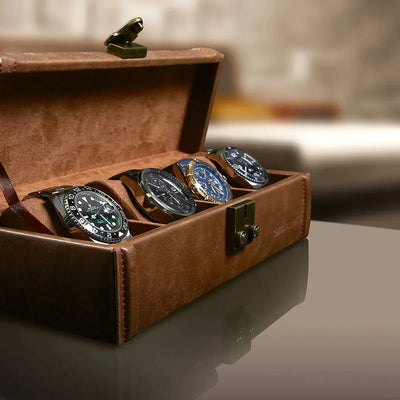
What is the best-selling watch in the world?
Which watch is the best-selling in the world among all the brands and models available on the market? We will explore...



Watch water resistance is a crucial topic for any watch enthusiast. Whether you’re a seasoned diver or simply concerned about protecting your precious timepiece from everyday splashes, understanding the water resistance of your watch is essential. In this article, we’ll dive into the depths of this topic to help you determine if your watch is truly waterproof.

Before you can determine if your watch is waterproof, it's important to understand what the different levels of waterproofing actually mean.
You've probably noticed inscriptions like "30M", "50M" or "200M" on the dial of your watch . But be careful, these numbers can be misleading!
It is crucial to note that these indications do not correspond to the actual depth to which the watch can be submerged. In reality, they represent the pressure that the watch can withstand in laboratory conditions.

Now that we have clarified the levels of waterproofness, let's see how you can check if your watch is really waterproof.

The water resistance of a watch is not a permanent characteristic. Several factors can affect it over time:
To maintain the water resistance of your watch, it is recommended to have it checked every 12 to 18 months by a professional. This is especially important if you regularly dive with your watch .
| Waterproof level | Water resistance | Use |
|---|---|---|
| 30M (3 ATM) | Light splashes | Hand washing, light rain |
| 50M (5 ATM) | Surface swimming | Swimming pool, shower |
| 100M (10 ATM) | Snorkeling | Surface water sports |
| 200M (20 ATM) | Scuba diving | Professional Diving |
| 300M+ (30 ATM+) | Deep Sea Diving | Professional deep-sea diving |

Maintaining the water resistance of your watch is as important as checking it. Here are some tips to preserve this essential feature:
Water resistance is a crucial feature of your watch, whether it’s a high-end dive watch or a stylish automatic watch . By understanding the different levels of water resistance, performing regular checks, and taking care of your watch, you can ensure that it stays true to its job whether you’re swimming with dolphins or simply washing your hands.
Remember that every watch is unique and its capabilities may vary. If you have any doubts about the water resistance of your watch, it is always best to consult a professional watchmaker . After all, prevention is better than cure, especially when it comes to protecting your precious timepiece!
Q1: Is my watch really water resistant to 30 meters?
A: No, a watch marked "30M" is generally not designed to be submerged to a depth of 30 meters. This indication means that it can withstand light splashes or rain, but it is not suitable for swimming or diving.
Q2: Should I have my watch's water resistance checked if I never swim with it?
A: Yes, it is recommended to have your watch's water resistance checked regularly, even if you don't use it in water. Water resistance protects your watch not only from water, but also from moisture and dust in daily use.
Q3: Can I use my automatic watch in a winder if it is not perfectly waterproof?
A: Yes, you can use a watch winder for your automatic watch even if it is not perfectly waterproof. Watch winders do not involve exposure to water or excessive humidity.
Q4: How do I know if my watch needs a new gasket?
A: It is difficult to determine without a professional test. However, if you notice fogging under the glass or your watch is more than 2-3 years old without checking, it is time to have its gaskets checked by a watchmaker.
Q5: Are smartwatches as waterproof as traditional watches?
A: It depends on the model. Some smartwatches are as waterproof as traditional watches, or even more so. However, it is important to check the manufacturer's specifications as waterproof levels can vary considerably between different smartwatch models.

Which watch is the best-selling in the world among all the brands and models available on the market? We will explore...

It leaves no trace. No scratches, no dents. Nothing visible. And yet, magnetism is one of the quietest enemies of your automatic watch. ...

The world of watch boxes offers a multitude of options to meet various needs and preferences. From a simple storage box to...
Leave a comment
This site is protected by hCaptcha and the hCaptcha Privacy Policy and Terms of Service apply.